The insanely affordable and grandiose gem of South America
You’ve seen your friends ‘gramming pictures on the Salt Flats and bragging about conquering the Death Road. A quick stop in La Paz and then it’s usually all over for the country of Bolivia on their South American adventure. But that is but the touristic surface of a nation immeasurably rich in culture, cuisine, natural beauty and an enormity of other offerings begging for you to delve deeper and experience.
What’s so special about Bolivia?
Tucked neatly in the centre of South America, Bolivia is a country often passed through by travellers due to its logistic setting. With a 40% percentage of indigenous people, Bolivia has a unique and authentic South American feeling about it. Women are often dressed head to toe in traditional garb, brandishing bright colours and woven fabrics. Their culture is built on old traditions and beliefs from their ancestors with many superstitions and appreciation for Mother Nature. Unlike other South American countries, the enforcement of Christianity was for the greater part repelled and therefore most locals today believe in a combination of their ancestral traditions and Catholicism.
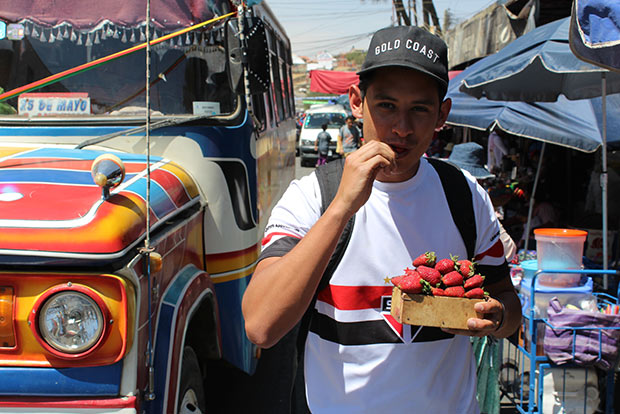
Street food is abundant and insanely affordable. Most meals will cost between 8 and 15 bolivianos in markets and small restaurants. One of my particular favourites was the Sopa de Mani (adorned with a chicken’s foot) followed by a grilled barbeque selection for 15 bolivianos. Other notable mentions include freshly squeezed orange juice from street corners and Picante de Pollo – a spicy chicken smothered in chilli, rice and salad for refreshment.
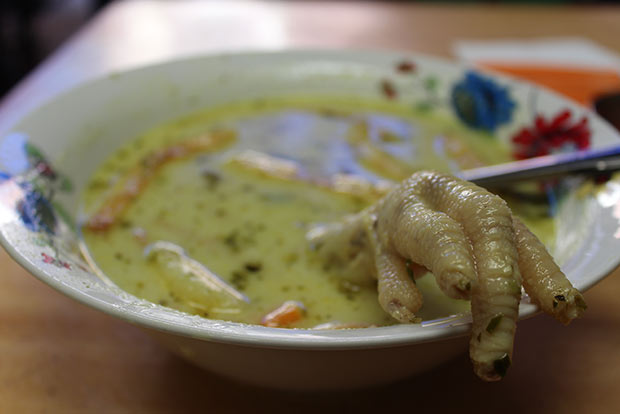
But where should I go?
After taking a Land Cruiser through the Uyuni salt flats, I ventured to the relatively close colonial town of Potosi. This tiny, rustic town offers tours through five hundred-year-old mines that over generations have changed hands from slavers to governments and now private entities.
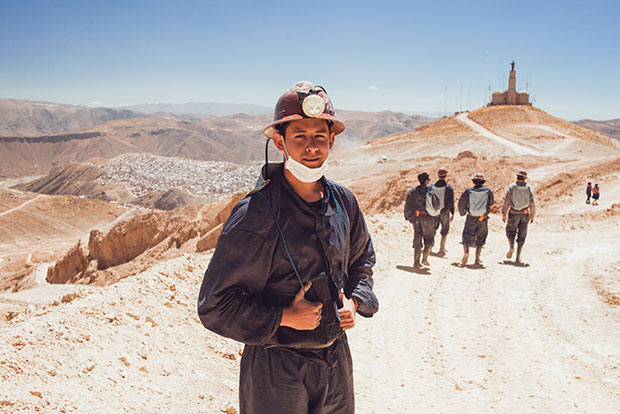
The only constant is the appalling conditions and incredible labour effort from the miners. The miners believe in El Tio, the Lord of the Underworld, who looks over the mountain and the miners inside. They offer coca leaves, alcohol and cigarettes to El Tio and often ritualistically slaughter a llama and smear its blood along the entrances to the mines to ensure good will and prosperity. The miners are continuously chewing gob-fulls of coca leaves for energy, appetite-suppression and to combat the altitude. Walking through the hilly streets of Potosi gives you a feeling of genuine South American culture, bustling with Bolivians, cobblestone streets and immersive markets.
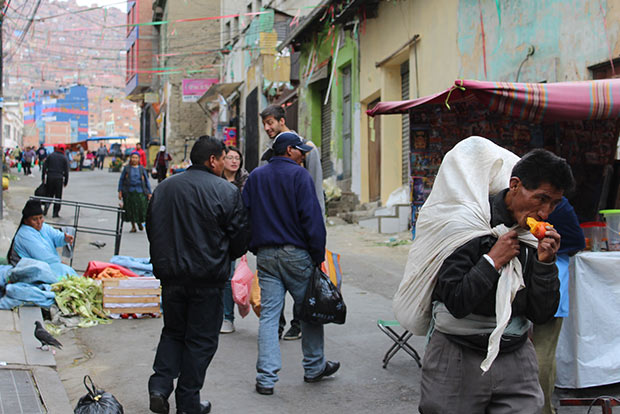
Cochabamba is home to the largest open-air market in South America and an imperative stop en route to La Paz. Cochabambans pride themselves on their gastronomy, claiming the unofficial title of the food capital of Bolivia. The primary market is huge – essentially a small city built up of markets that never officially closes. It is home to hundreds of tiny restaurants squeezed in any nook and cranny available, all featuring an energetic yet repetitive salesperson announcing every single meal they offer. Lunchtime ensures you’ll be rubbing shoulders with workers and businesspeople alike, lapping up lemonade and munching milanesa. An incredible abundance of fresh fruit ensures you’ll get all your vitamins too! Cochabamba is the perfect place to relax for a few days, not be engulfed by gringos and enjoy some fantastic Bolivian cuisine.
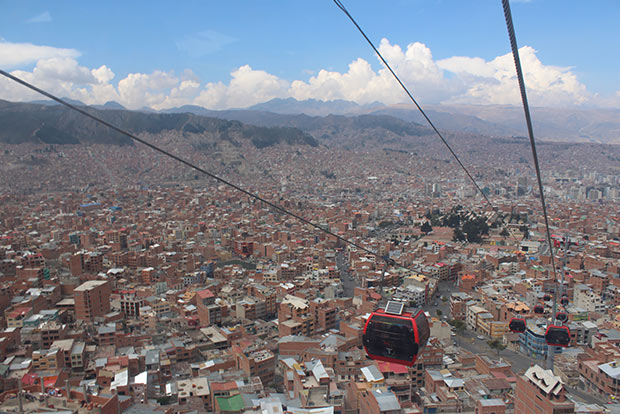
Last but not least was the town of Sucre, the former capital of Bolivia. The crowning glory during Bolivia’s revolution and independence, Sucre is known as the White City, given its beautiful white stone ornate buildings and architecture. This town is home to the world’s longest trail of dinosaur footprints, dating back 65 million years. You can view the incredible remnants of these beasts up close and personal with a guided tour inside the Parque Cretacico.
Even though Sucre isn’t quite off the beaten track, I, fortunately, arrived here during the annual Virgin de Guadalupe Festival and was completely immersed in local flavour. Thousands of Bolivians packed the streets, with processions streaming through for hours to celebrate the Virgin Mary. I managed to climb the bleachers in a smaller road and watched the parade with some local Bolivian teenagers. I shared a few dances in the procession before leaving the beautiful town of Sucre and finding a new appreciation for the genuinely underrated country of Bolivia.
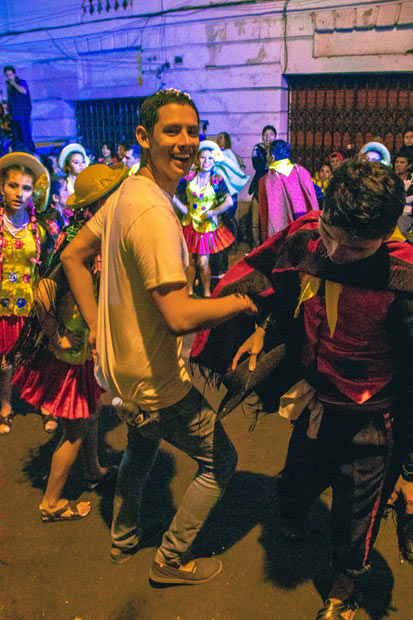
What else should I do in Bolivia?
- Take a three day Amazon tour in Rurrenabaque. The 15 hour, $14 bus to Rurre is a tour in itself – the winding and dangerous roads are an incredible experience
- The Death Road is an imperative part of a Bolivian holiday. Brave the perils of downhill mountain biking and hear the stories of the less fortunate souls that ventured the same road
- Eat at a local market – be careful, however, the low prices often mean you pay later (keep the GastroStop handy)
- Take a gondola to the top of La Paz and peruse the beautiful mountainous city from the sky
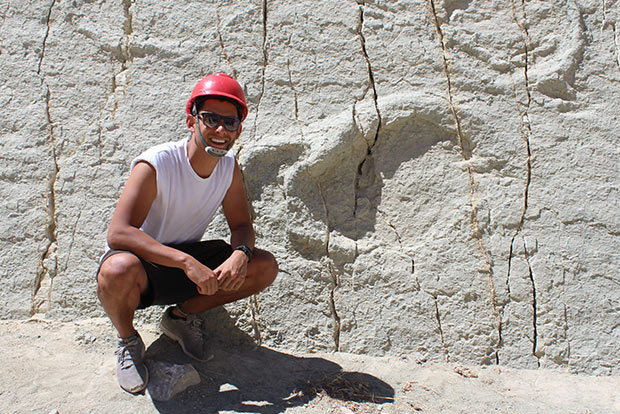
Samuel Turner is an Australian journalist with a passion for adventure, travel and food. Follow him on his adventures around the world on Instagram @turnernator and his blog www.thepageturner.com.au
The views, opinions and positions expressed by the author and those providing comments are theirs alone, and are meant as travel inspiration only. They do not reflect the opinions of Cover-More Insurance. You should always read the PDS available from your travel insurance provider to understand the limits, exclusions and conditions of your policy and to ensure any activities you undertake are covered by your policy.